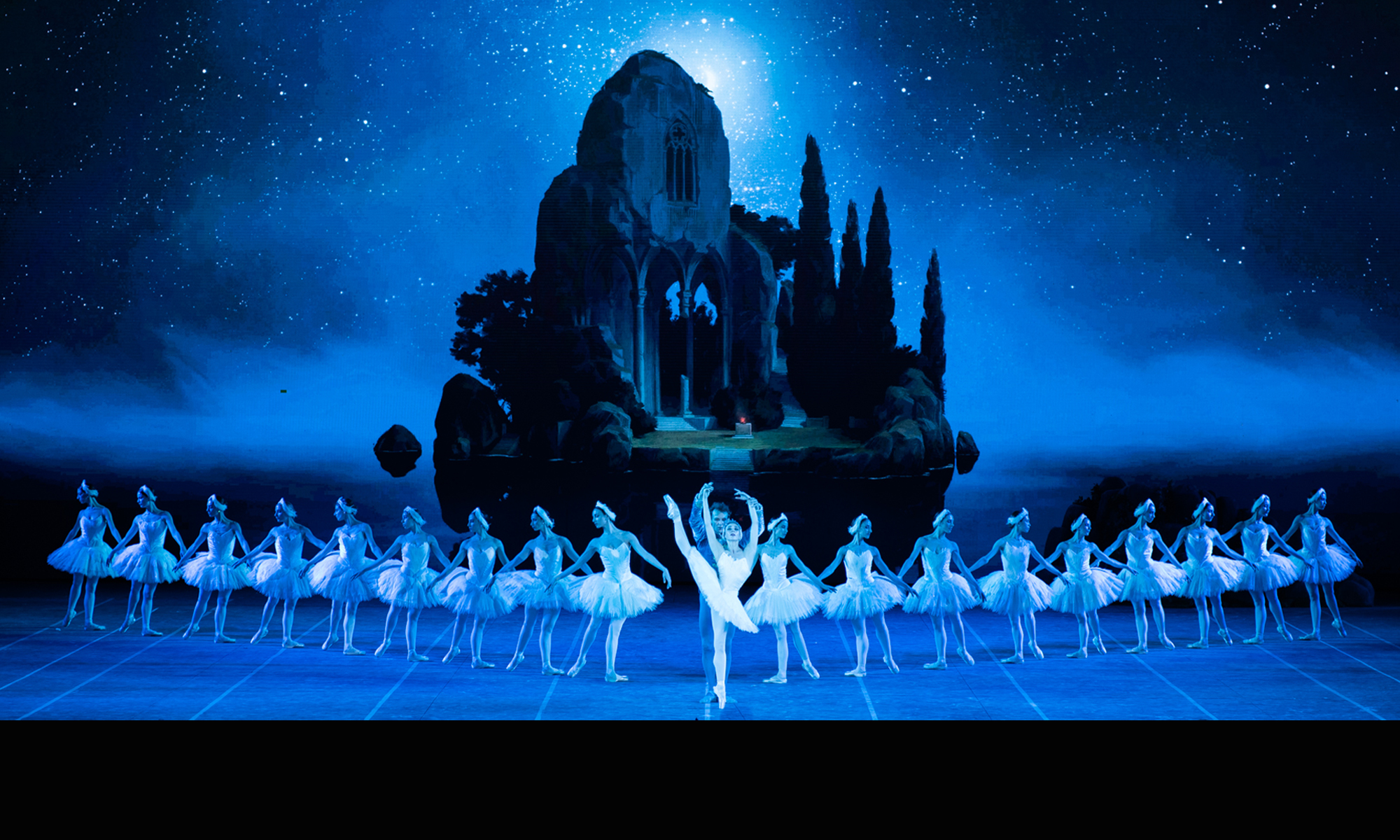“b.33” (“Stravinsky Violin Concerto” / “Roses of Shadow” / “Polish Pieces”)
Ballett am Rhein
Opera House Düsseldorf
Düsseldorf, Germany
January 07, 2018
by Ilona Landgraf
Copyright © 2018 by Ilona Landgraf
 Just a few days ago, Ballett am Rhein announced that the contract of its artistic director, Martin Schläpfer, has been extended until the fall of 2024. Schläpfer has helmed the company and its associated ballet school since 2009, but in 2016 handed over his administrative responsibilities to Remus Şucheană so that he might regain some freedom to pursue his artistic work. Şucheană’s contract was similarly extended.
Just a few days ago, Ballett am Rhein announced that the contract of its artistic director, Martin Schläpfer, has been extended until the fall of 2024. Schläpfer has helmed the company and its associated ballet school since 2009, but in 2016 handed over his administrative responsibilities to Remus Şucheană so that he might regain some freedom to pursue his artistic work. Şucheană’s contract was similarly extended.
Schläpfer names his ballet programs numerically – and with his latest, which premiered in mid-December, he reached “b.33”. It was a triple bill – a recurring and well-established format in Düsseldorf – with a tried and tested combination of choreographers: Balanchine, Schläpfer, and Hans van Manen. Specifically, Balanchine’s “Stravinsky Violin Concerto” and van Manen’s “Polish Pieces” were added to the already considerable repertoire the company dances from both choreographers. The middle piece, “Roses of Shadow”, was a new creation by Schläpfer. Continue reading “Dance and Music”













